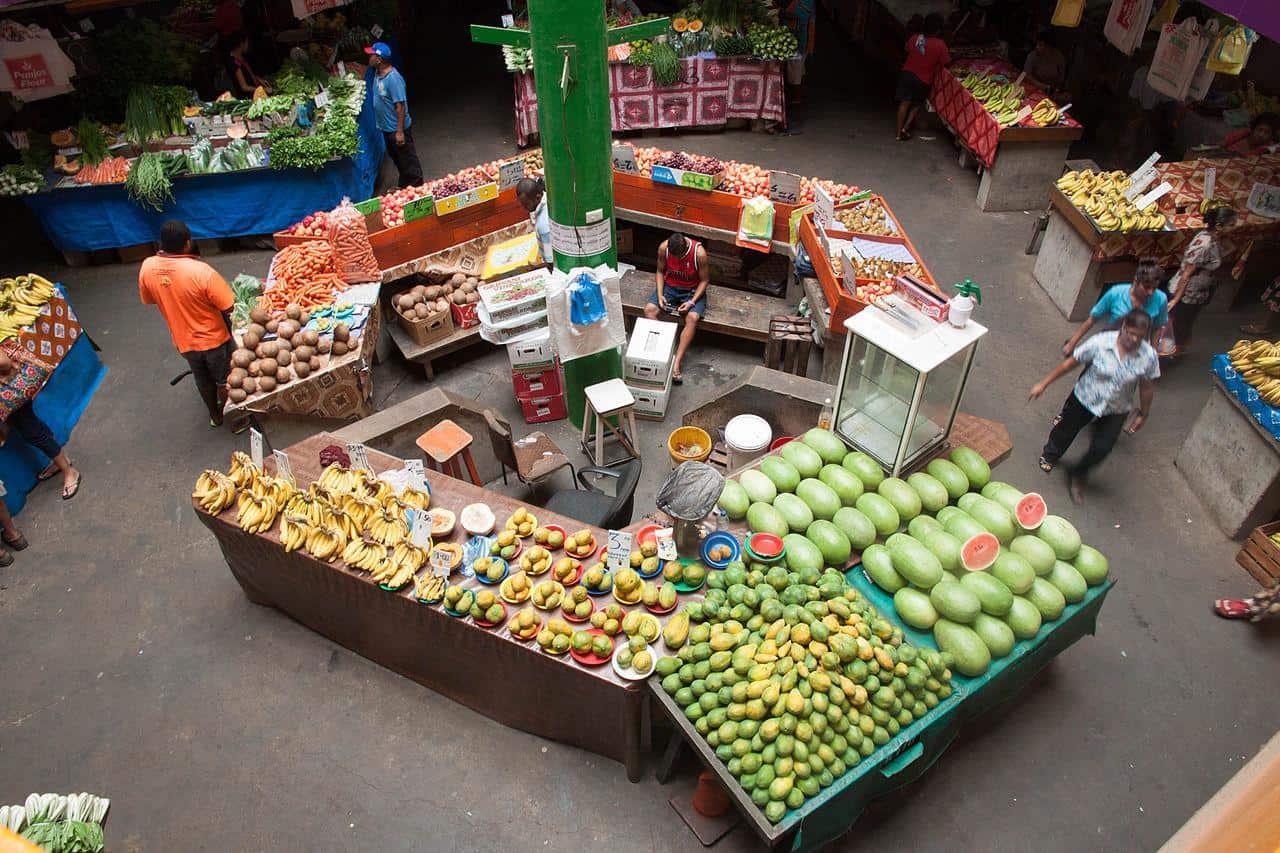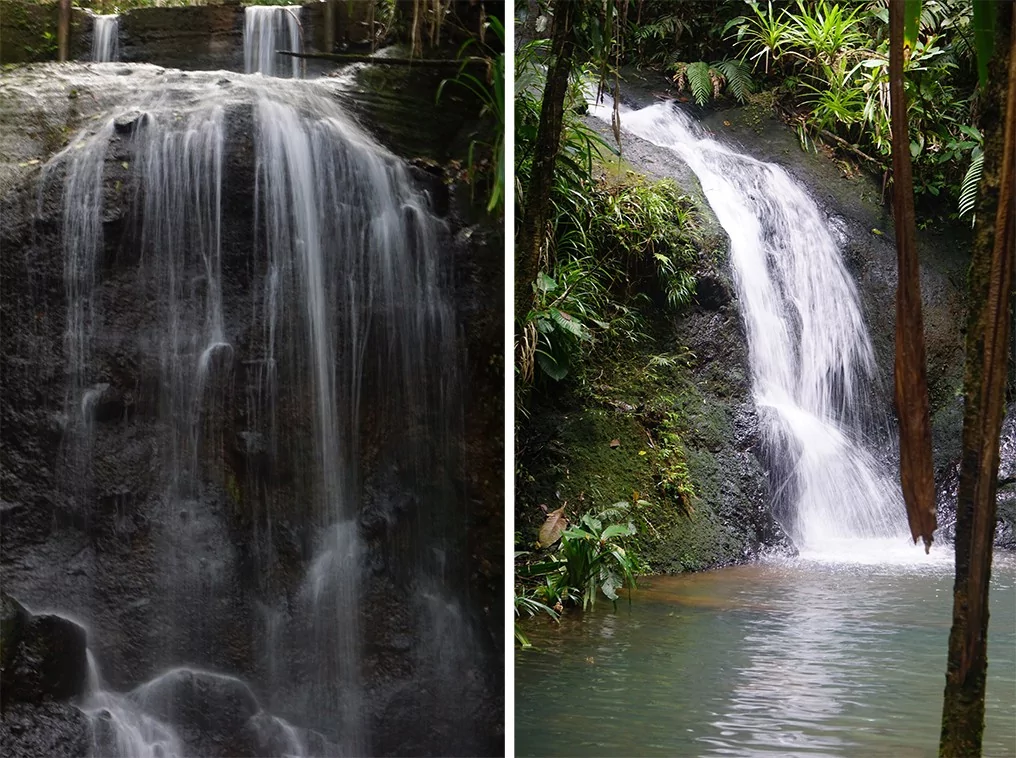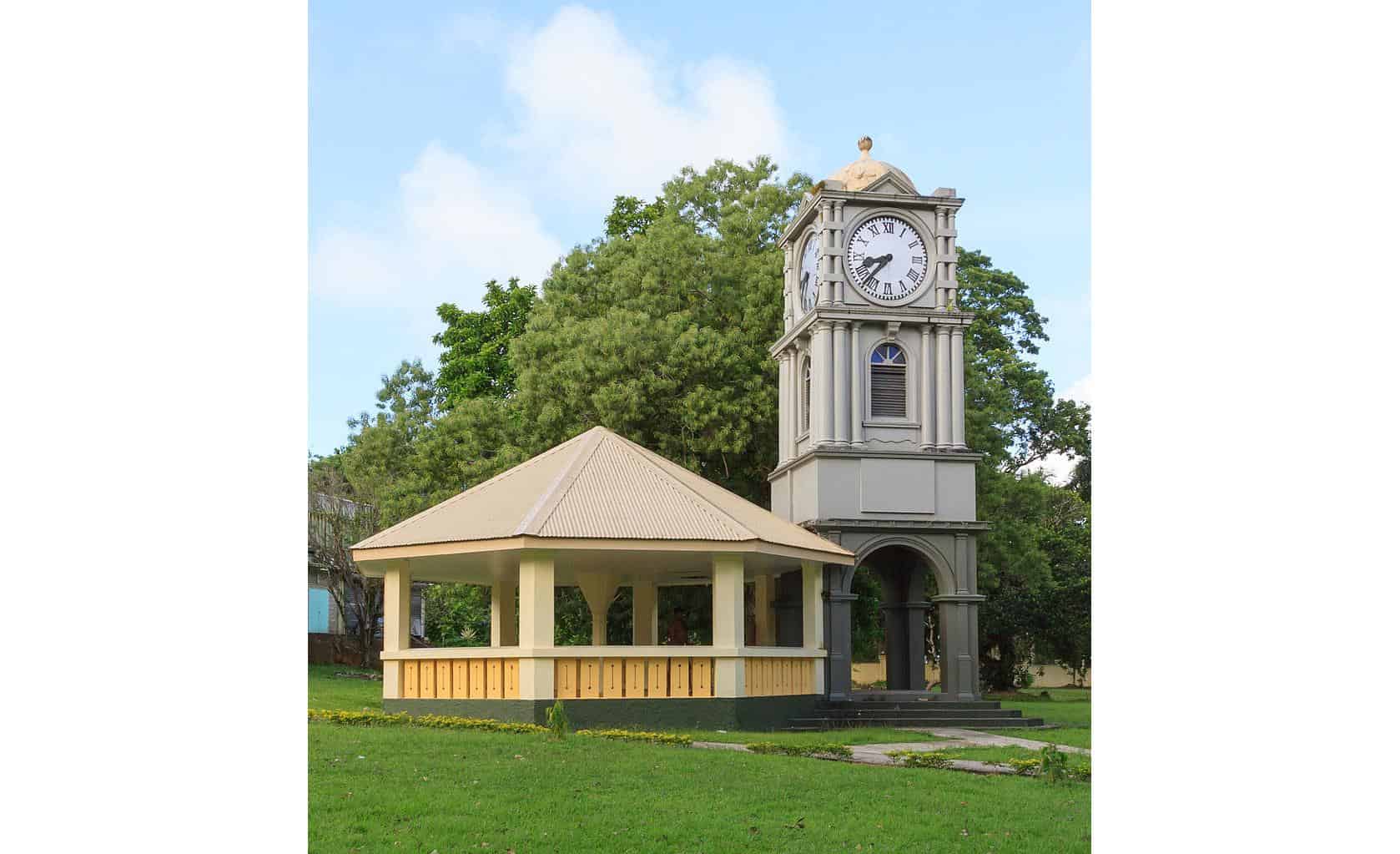
Often skipped by the swarms of foreign sunbathers, Fiji's capital, Suva, might not be as picturesque as the archipelago's stunning pristine beaches and emerald ocean waters, yet it's the only place in the country where you'll have a real chance to experience the local modern culture, enjoy its diverse cuisine and witness the national enthusiasm for rugby in a live match. Suva is located on a small peninsula at the southeastern part of Fiji's main island, Viti Levu, and offers a broad range of attractions, 6 of which are particularly worthy.
It’s difficult to overstate the major role that Suva Municipal Market plays among locals, whether they live in the city or beyond, as thousands of islanders from all echelons of society frequent the market at least one day a week. Offering anything from oddly shaped vegetables, exotic fruits, freshly made pineapple juice and scrumptious chicken stews, the market is a bustling and colorful place that stretches across several buildings next to the seaport.
Besides its mind-boggling hodgepodge of fresh produce, this vibrant place is also renowned for its handful of stands which sell Kava, a traditional intoxicating drink made from a mixture of water with the powdered root of Piper methysticum, a local crop endemic to the pacific region. The Kava is usually served in special occasions at rural areas and has been attributed with all sorts of medicinal properties, including relieving anxiety.
Take note that all prices are marked with paper signs, and so there’s no need to bargain with vendors over that, additionally, the market is open at weekdays from early morning hours until 18:00, and on Saturday until 16:00. If you opt to visit the Municipal market, you might be interested in checking the nearby flea market as well. Just a couple of blocks northwards, it’s famous for a great selection of garments, souvenirs and most notably, the Fijian Tapa, a patterned cloth made of woven mulberry tea bark.

One of Suva Municipal Market’s many fruit stands
photography by: Matthias Süßen
Despite its off-putting name, Nukumaroriko Island, commonly known as Mosquito Island, is anything but reminiscent of the irritating insect. Nestled in front of Suva western coastline, the island serves as a getaway from the hustle and bustle of Fiji’s capital city all year round. The charming isle has several worthy beaches, including a hidden cove blessed with expansive ocean views, while its ample vegetation provides a lovely respite from the occasionally strong sun.
Its scenic spots, laid back vibes and proximity to Suva make the island a popular place for family picnics and social gatherings among city dwellers, and thus also offers some authentic interactions with locals that greatly enrich your experience. Mosquito Island is accessible either by a boat trip from Novotel Suva Lami Bay, or alternatively by wading through the surrounding shallow waters during low tide, in both cases, you’ll need to pay a 3$ entrance fee, preferably after booking your visit in advance.
In a country where the vast majority of buildings are single story houses made of light materials, the massive stone buildings of Fiji government in the heart of Suva overwhelmingly stick out as a unicorn.
Constructed in the 1930’s, the formidable edifice originally served as the seat of the British Colonial rule. Following Fiji independence in 1970, the buildings housed the nascent nation’s parliament for more than 17 years, when in 1987 the country underwent a coup d’etat that resulted in the relocation of its legislative branch to another part of town. In 2014, the parliament finally returned to its original location, together with the supreme court, the prime minister office and other ministries as well.
Designed by the British architect Walter Frederick Hedges, the art-deco buildings feature a meticulously crafted façade, ornamented with a vertical array of rectangle shaped volumes. However, the unmatched centerpiece of this governmental quarter is the tall clock tower that faces Albert Park, built over 30 years prior to the rest of the complex (1905). This giant four-sided monolith has 4 clocks, one per each of its faces, and is capped with an peculiarly shaped dome.

The governmental complex and its clock tower from as seen from Albert Park
photography by: Michael Coghlan
The island of Viti Levu is home to an expansive rainforest that stretches across its western side, and while most of it remains largely inaccessible, a small part north of Suva provides a glimpse to the archipelago’s ecosystem. Colo-I-Suva Forest Park on the outskirts of Fiji’s capital is a haven for the endemic flora and fauna of the island. Birdwatching enthusiasts will find the park particularly alluring as it is home to a medley of native birds, such as the golden fruit dove, collared lory, masked shining parrot and Fiji whistler.
Besides Colo-I-Suva’s ample wildlife, the park is also famous for its deep-forest pools, swimmable all year round, and the magnificent Waisila Falls, both of which are fed by the Waisila Creek that flows through the park on its way to the Waimanu River, which shortly after meets the Rewa River, the widest river in the country.
Located roughly 10 kilometers away from Suva downtown, the park is reachable either by car, regular bus service or a 15$ taxi. Once you get to the main entrance gate and pay the admission fee, you are free to explore the park’s virgin forest, traversed by a 1.5-hour hiking trail that introduces visitors to all points of interest.

Waisila Creek cascading its way through the forest
photography by: GBIF
Sometimes dubbed as the local version of Rio de Janeiro’s famous Sugarloaf Mountain, Mt. Korobaba is the highest point around the city at more than 400 meters. The verdant mountain offers a refreshing break from the hubbub of Suva, as well as a close encounter with the virgin natural wonders around.
It might come as a surprise, yet the most challenging part about a day trip to the top of Korobaba is actually finding the hiking path’s starting point. Hidden behind a local cement factory on Queens Road adjacent to Lami, the trailhead is extremely tricky to find and often entails asking passersby for assistance.
Once you manage to find it, the trail consists of two main parts, a one-hour hike through a dense rainforest accompanied by an orchestra of singing birds, followed by a relatively steep ascent of 20-40 min, depending on your level of fitness. The trail ultimately culminates at the mountain summit, where you’ll be rewarded for your efforts with a spectacular panoramic vista of the surrounding lush and hilly terrain, the Suva Harbour and downtown.
The meandering clay pathway over the sharp incline might be slippery, and therefore it’s advisable to bring sturdy footwear. Furthermore, you should carry the much-needed water (and everything else for that matter) in your backpack so your hands will be free to grab branches and exposed roots for further support.
Nestled in the heart of Suva, Thurston Gardens are a carpet of manicured lawns dotted with wind-swung palms and other native trees. This green lung is located on the site where the region’s indigenous people established the first settlement of Suva in the 19th century. As a result of a tribal conflict later that century, the original town was completely destroyed while some of its inhabitants were the victims of a brutal cannibalism.
Formerly known as Suva Botanical Gardens, the well-kept park was renamed in 1976 in honor of Sir John Bates Thurston, Fiji’s fifth British governor. You might assume that the Britishness of the gardens are solely reflected by their name, yet it isn’t the case as 1918’s European style bandstand and clock-tower stand out as an awe-inspiring vestige of colonial rule.
While the glory days of Thurston Gardens are long gone, it’s still very much a pleasant place for an afternoon stroll, along its multiple concrete paved walkways. The park is open to the wide public and also home to Fijis Museum, displaying a plethora of artifacts that are related to the history and culture of the Fijian archipelago.

The British-style bandstand and clock-tower in Thurston Gardens
photography by: Matthias Süßen